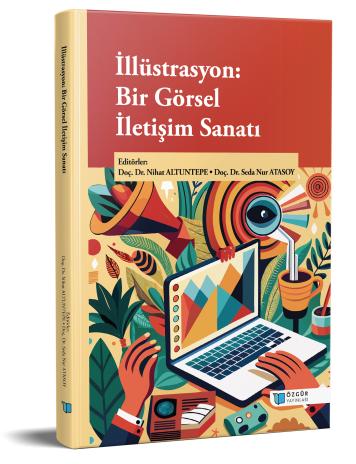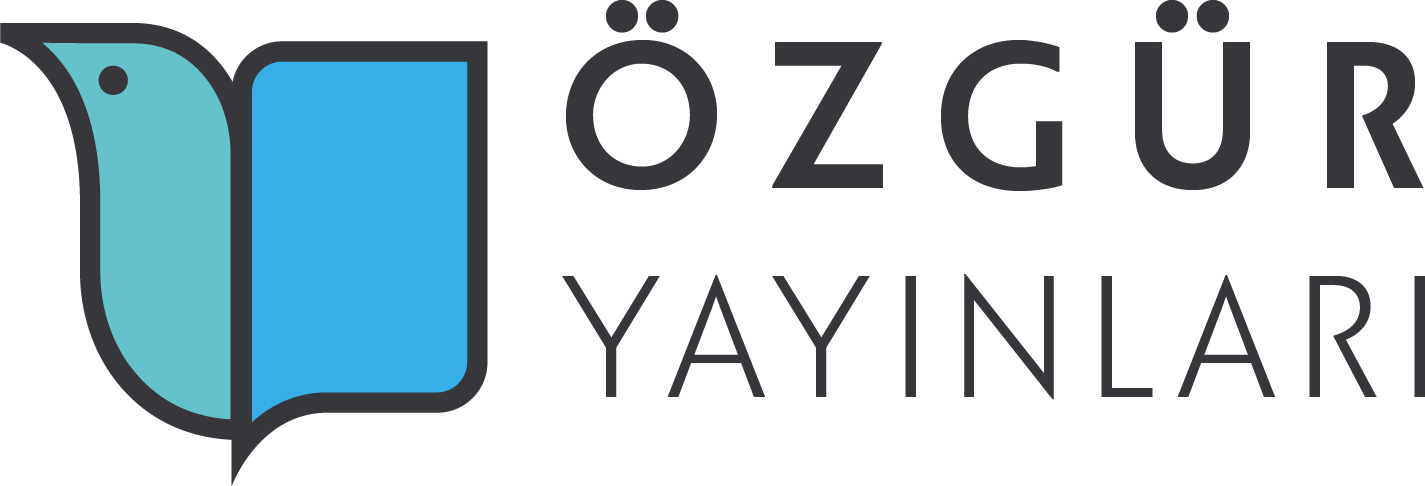
Bilimin Görsel Dili: Bilimsel İllüstrasyonlar
Şu kitabın bölümü:
Altuntepe,
N.
&
Atasoy,
S.
N.
(eds.)
2024.
İllüstrasyon: Bir Görsel İletişim Sanatı.
Özet
Bu bölümde, bilimsel illüstrasyonların tarihsel, epistemolojik ve disiplinlerarası önemi incelenmektedir. Bilimsel illüstrasyonlar, bilimsel bilgiyi görsel olarak temsil ederek, anlaşılması zor ve detaylı kavramları daha anlaşılır hale getiren bir iletişim aracıdır. Bölümde, illüstrasyonların anatomi, botanik, zooloji, mikroskobik yapılarının incelenmesi gibi çeşitli alanlarda kullanım örnekleri sunulmuştur. Tarihsel olarak, Eski Mısır ve Yunan döneminden Rönesans’a, modern dönemden dijital çağın yeniliklerine kadar gelişimi ele alınmıştır.
Epistemolojik bağlamda, bilimsel illüstrasyonun, bilginin sadece metinle değil, görselleştirme yoluyla da üretilebileceğini ve bu görsellerin bilgi ile yorum arasındaki sınırı sorgulattığı vurgulanmaktadır. İllüstrasyon türleri arasında tıbbi, astronomik, paleontolojik ve teknik illüstrasyon gibi birçok farklı kategoride görsel anlatım biçimlerinin önemi açıklanmaktadır.
Bölüm, bilimsel illüstrasyonların dijitalleşme sürecine ve yeni teknolojilerin bu alana etkisine de değinmektedir. Artırılmış gerçeklik, 3D modelleme ve yapay zeka gibi yeniliklerin, illüstrasyonları daha etkileşimli ve erişilebilir hale getirdiği belirtilmiştir. Gelecekte disiplinlerarası yaklaşımların artarak, bilimsel bilginin yayılmasında ve anlaşılmasında illüstrasyonların daha geniş bir rol üstleneceği öngörülmektedir.

